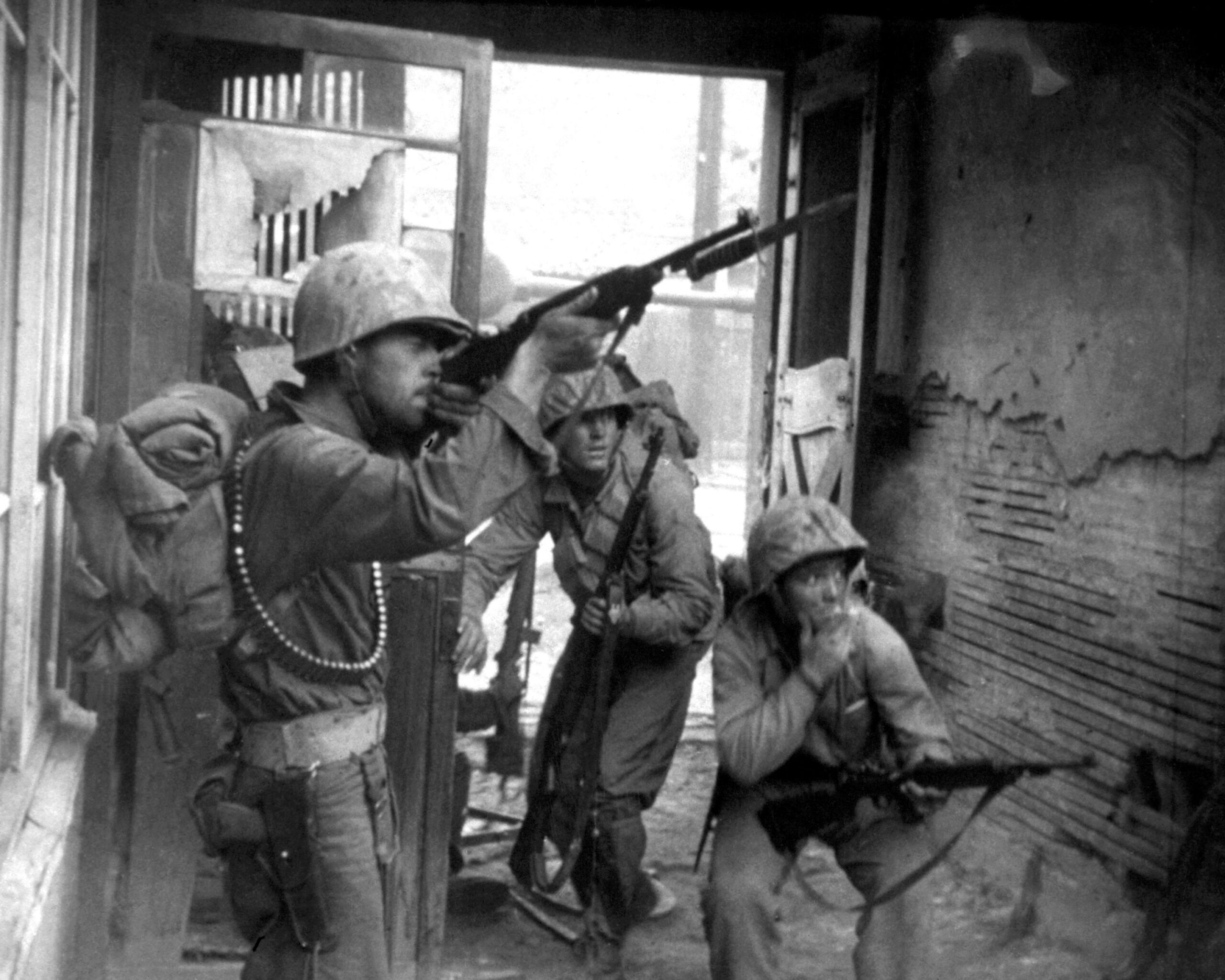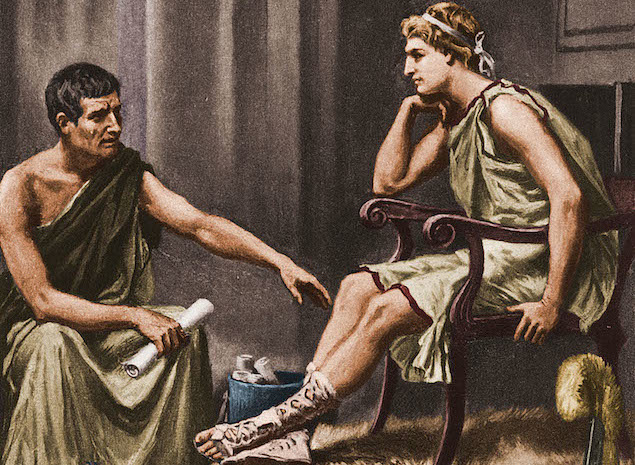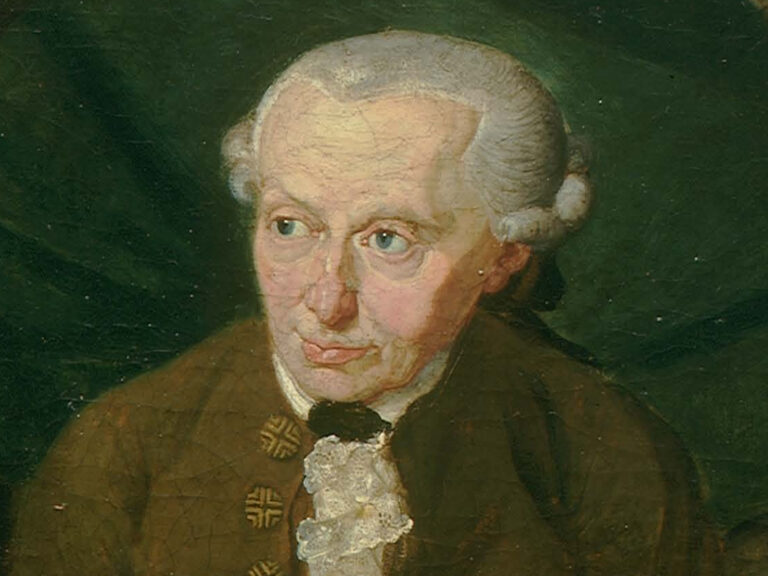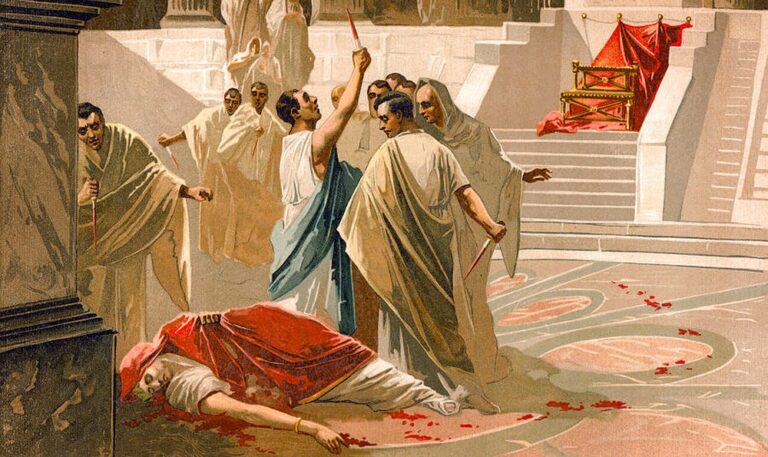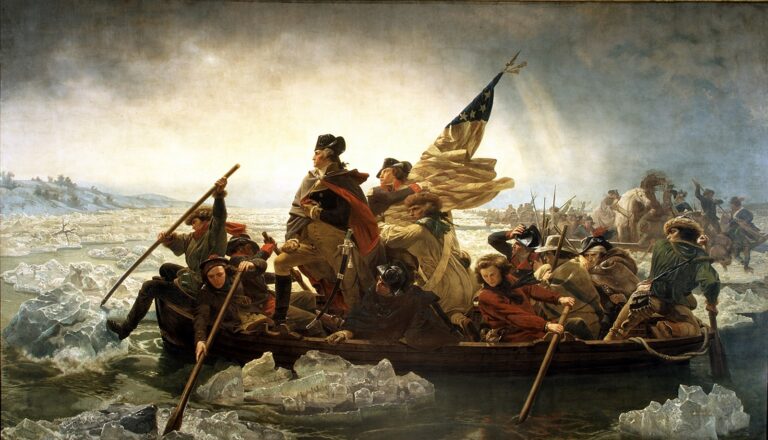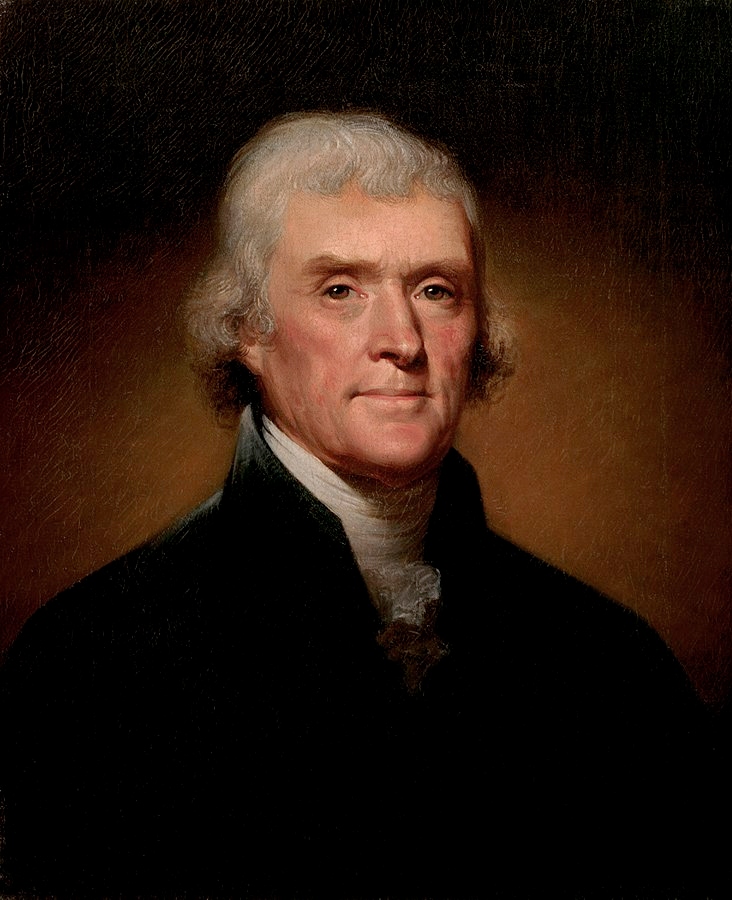An Overlooked “Hot” Moment During the Cold War
When we think of American military conflicts after World War II, the Vietnam War usually jumps to mind, followed by the more recent excursions into Iraq and Afghanistan that left us in a perpetual state of military engagement for decades.
But few of us remember “the forgotten war”—the Korean War of 1950 that saw the Cold War turn hot just as it was beginning.
The Red Army Advances
By the time the United Nations Charter was signed in the summer of 1945, the Red Army was on the move and occupying land in Eastern Europe with the aim of establishing a Soviet Empire. The uneasy tactical alliance between the United States and the Soviet Union, which proved fruitful for defeating Germany, was all but gone.
As the Red Army continued to advance in early 1946, the American diplomat George Kennan penned his “Long Telegram,” a focal point of Cold War foreign policy, and Winston Churchill gave his now-famous “Iron Curtain” speech in March 1946.
A Proxy War
President Harry Truman had just a few short years to reorient U.S. foreign policy around the strategy of “containment” before a North Korean force of nearly 80,000 troops invaded South Korea on June 25, 1950, to unify the Korean peninsula under Communist rule. The invasion was supported by the Soviet Union and China but was met with a UN-backed counterattack from South Korea and the U.S.
The Americans and Soviets were not directly at war with one another, but a proxy war in East Asia under the guise of “police action,” as Truman called it, had begun.
The U.S. provided the majority of military personnel and supplies for the UN forces, and Douglas MacArthur, the famed American general who led the U.S. occupation of Japan in World War II, was given command of the United Nations forces. Many Americans at first supported the effort in the name of preventing the spread of communism, but public opinion turned sour and disillusionment set in as the conflict progressed.
It ended in a stalemate in 1953, with an armistice agreement dividing the Korean peninsula along the 38th Parallel, the effects of which are still felt today. Prof. Wilfred McClay explains the drama, high stakes, and consequences of a largely forgotten war in a clip from our online course, “The Great American Story: A Land of Hope”:

